10 strongest earthquakes ever recorded in the world over the years: Tremors in Chile peaked at 9.5 magnitude
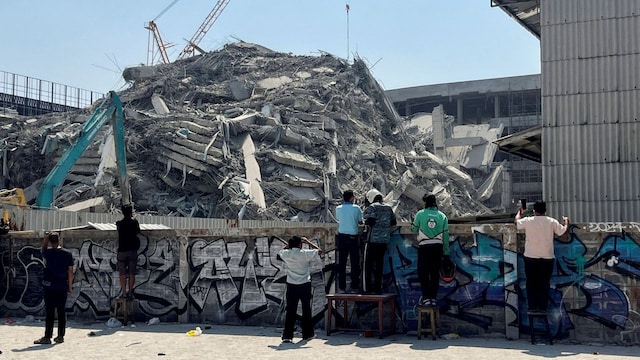
(Photo Credit : Reuters)
 1 / 12
1 / 12The most powerful earthquake ever recorded in the world took place in South America, generating an immense tremor that reached a magnitude of 9.5. This catastrophic event had far-reaching consequences, triggering devastating tsunamis that affected coastal areas across the Pacific, with regions as distant as Japan and the Philippines feeling its impact. The earthquake led to widespread destruction in the affected areas, causing multiple fatalities and leaving a lasting impression on the global understanding of seismic activity and its potentials to cause widespread devastation. Its sheer force and subsequent tsunami highlighted the importance of preparedness in seismic-prone areas. (All images are representational)
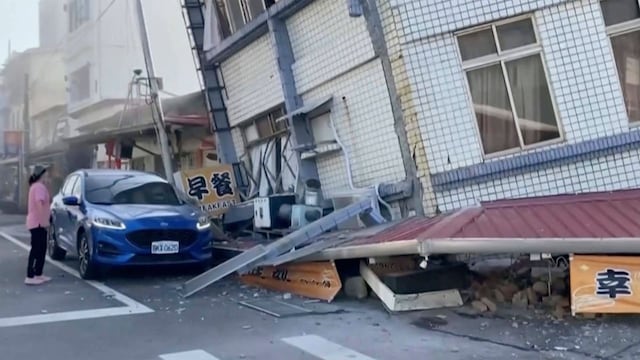
 2 / 12
2 / 12Another significant event occurred in North America, where a massive earthquake struck with a magnitude of 9.2, becoming the largest recorded in the United States. This tremor resulted in severe damage to infrastructure and property, particularly in Alaska, while sparking a powerful tsunami that impacted coastal regions far beyond the immediate area. Despite its power, the loss of life was relatively low, thanks to the region’s relatively sparse population and early warning systems. These seismic events highlight the unpredictable nature of earthquakes, serving as a reminder of the destructive potential of the Earth’s tectonic forces. Let’s take a look at the 10 strongest earthquakes recorded in the world, according to Earth Observatory.
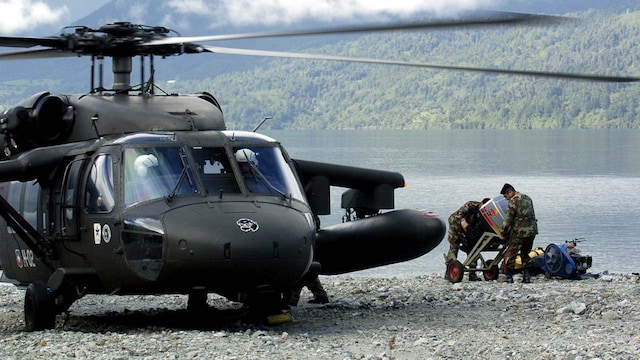
 3 / 12
3 / 12No 1. Valdivia, Chile | Year: 1960 | Magnitude on Richter’s scale: 9.5 | The 1960 Valdivia earthquake remains the strongest ever recorded, devastating large parts of southern Chile. It triggered massive tsunamis that affected coastal regions as far away as Hawaii, Japan, and the Philippines. The earthquake caused significant destruction, leading to thousands of deaths and widespread damage.
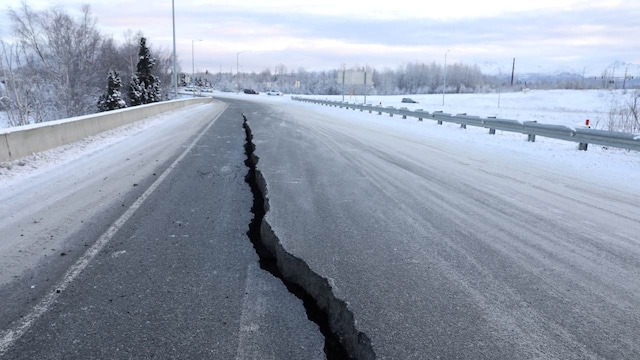
 4 / 12
4 / 12No 2. Alaska, USA | Year: 1964 | Magnitude on Richter’s scale: 9.2 | The Great Alaskan Earthquake struck on March 27, 1964, and remains the most powerful earthquake to have ever hit North America. It caused widespread damage across the region, with major cities like Anchorage suffering severe destruction. The quake also triggered a devastating tsunami that struck the Pacific coast and caused extensive damage in coastal communities.
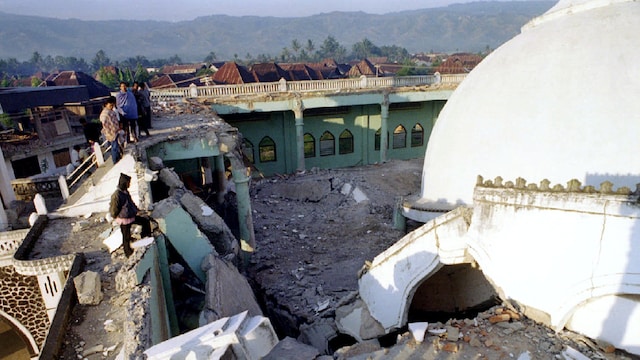
 5 / 12
5 / 12No 3. Sumatra, Indonesia | Year: 2004 | Magnitude on Richter’s scale: 9.1 | The 2004 Sumatra earthquake was one of the deadliest natural disasters in recorded history, causing a massive tsunami that affected several countries around the Indian Ocean. It resulted in over 230,000 deaths across 14 countries, with the hardest-hit nations being Indonesia, Sri Lanka, India, and Thailand. The earthquake’s impact was devastating, displacing millions and leaving long-lasting effects on the region.
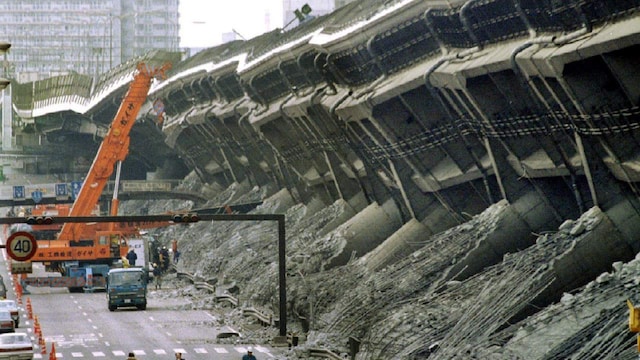
 6 / 12
6 / 12No 4. Tohoku, Japan | Year: 2011 | Magnitude on Richter’s scale: 9.1 | The Tohoku earthquake struck off the coast of Japan on March 11, 2011, unleashing a deadly tsunami that severely impacted Japan’s northeastern coast. It caused widespread destruction and triggered the Fukushima Daiichi nuclear disaster, one of the worst nuclear accidents in history. Thousands of lives were lost, and the economic toll on Japan was immense.
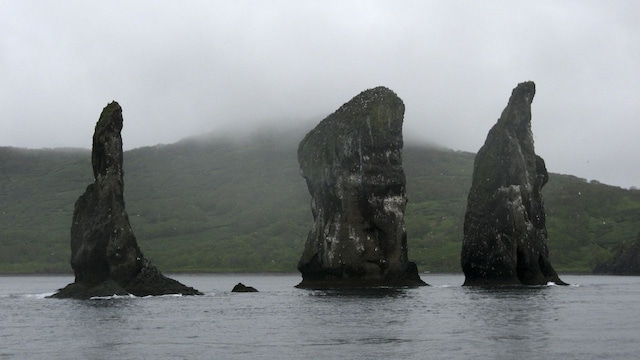
 7 / 12
7 / 12No 5. Kamchatka, Russia | Year: 1952 | Magnitude on Richter’s scale: 9 | In 1952, the Kamchatka earthquake rocked the Russian Far East, registering a magnitude of 9.0 on the Richter scale. It caused significant damage to buildings and infrastructure in the Kamchatka region. The event also triggered a large tsunami that affected the nearby Kuril Islands and other parts of the Pacific Ocean.

 8 / 12
8 / 12No 6. Bio-Bio, Chile | Year: 2010 | Magnitude on Richter’s scale: 8.8 | The 2010 Chile earthquake, with a magnitude of 8.8, struck off the coast of central Chile, resulting in widespread devastation. The tremor caused the deaths of more than 500 people and displaced hundreds of thousands. In addition to the destruction on land, a tsunami was generated that affected coastal areas, and the quake caused significant aftershocks for weeks.
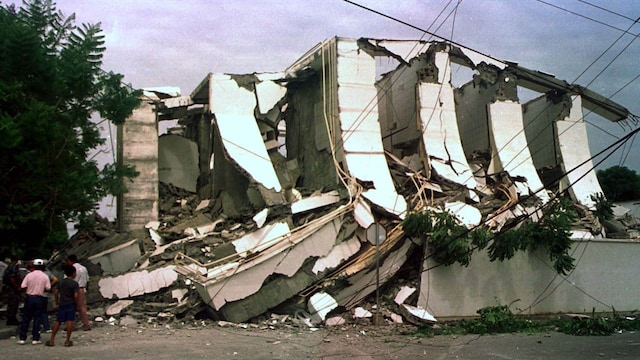
 9 / 12
9 / 12No 7. Off the coast of Ecuador | Year: 1906 | Magnitude on Richter’s scale: 8.8 | The 1906 earthquake off the coast of Ecuador was a catastrophic event that led to the loss of thousands of lives. The magnitude 8.8 earthquake caused massive destruction in Ecuador and neighbouring Colombia. It also generated a powerful tsunami that affected the Pacific coast, reaching as far as New Zealand.
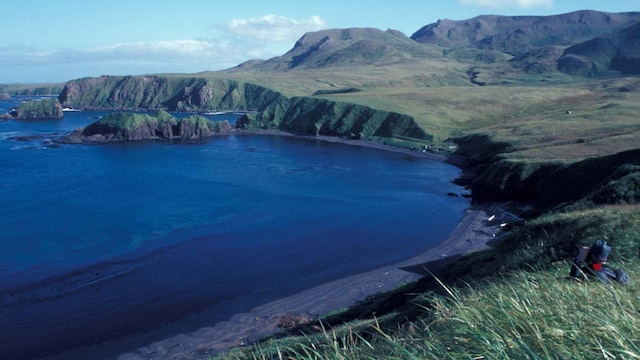
 10 / 12
10 / 12No 8. Rat Islands, Alaska | Year: 2005 | Magnitude on Richter’s scale: 8.7 | The 2005 Rat Islands earthquake struck the Aleutian Islands in Alaska with a magnitude of 8.7, one of the strongest to hit the region. While there was no major loss of life, the earthquake triggered a tsunami warning for nearby areas. Its aftershocks were felt over a large area, but thankfully, the region’s relatively low population density minimised the damage.
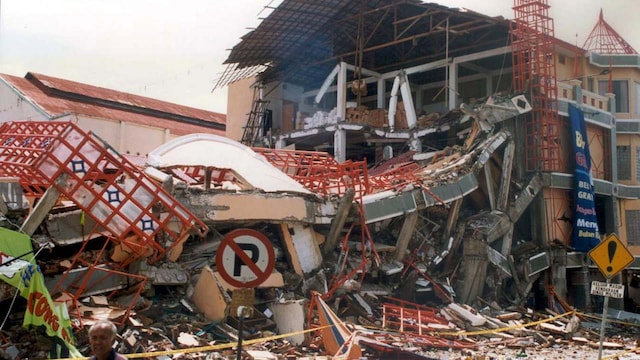
 11 / 12
11 / 12No 9. Sumatra, Indonesia | Year: 2005 | Magnitude on Richter’s scale: 8.6 | In March 2005, another powerful earthquake struck off the coast of Sumatra, Indonesia, registering 8.6 in magnitude. It was a powerful aftershock of the 2004 earthquake, although it caused less damage and fewer fatalities. The tremor was felt across Indonesia, and tsunami warnings were issued, though no significant wave damage occurred.
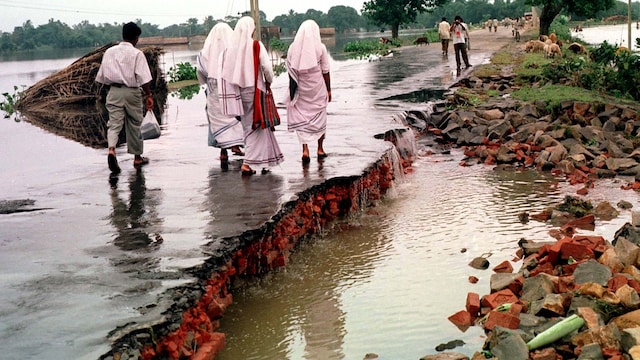
 12 / 12
12 / 12No 10. Assam, India | Year: 1950 | Magnitude on Richter’s scale: 8.6 | The 1950 Assam earthquake struck the northeastern region of India, registering a magnitude of 8.6. It caused severe damage in Assam and surrounding areas, including parts of Tibet and Bhutan. The earthquake resulted in extensive ground fissures, and landslides caused further destruction to infrastructure, with thousands of lives lost.
Share this content:














Post Comment